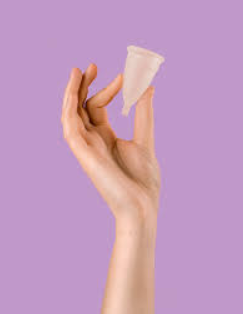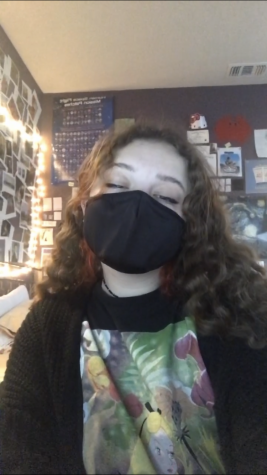Eco-Friendly Tip of the Week: Periods
The single-use plastic applicators for tampons are wreaking havoc on the environment. Here are some alternatives.

Diva Cups are better alternatives to the traditional tampon user, as it is reusable and still safe for the body.
April 23, 2021
The average period will usually last 2-7 days, and on average a woman will use about 20 tampons per cycle. And if a woman has an average of 456 periods (38 years) that will create about 9,120 tampons used.
It has been estimated that the average woman will throw away about 250-300 pounds of menstrual waste in their lifetime, multiplying that by half the population that creates a lot of waste. Menstrual products are normally encased in plastic or contain plastic which can sit in landfills for generations.
So what can you do?
In replacement of a tampon, there are menstrual cups. Menstrual cups are either made out of silicone or latex rubber and can last way longer than tampons. These cups catch and collect menstrual blood which can easily be disposed of in the toilet then cleaned. These are durable and can last at least 6 months or up to 10 years with proper care.
In replacement of pads, there are cloth/reusable pads. Typically these are made of 100% cotton fleece fabric which is best for both comfort and absorbency. They can come in all types of patterns and colors and have a button on both of the wings for easy attachment to underwear. These pads can be changed every 2-6 hours (depending on the heaviness of the flow and stage of the period). For lighter days or just when more protection is needed, there is period underwear which basically has built-in pads with a leak proof design that allows both protection and comfort.
Period waste is a big pollution problem that not many people talk about, these are simple solutions that can help save you money and help the environment. Every step towards eco-friendliness will help in the long run so try your best.


